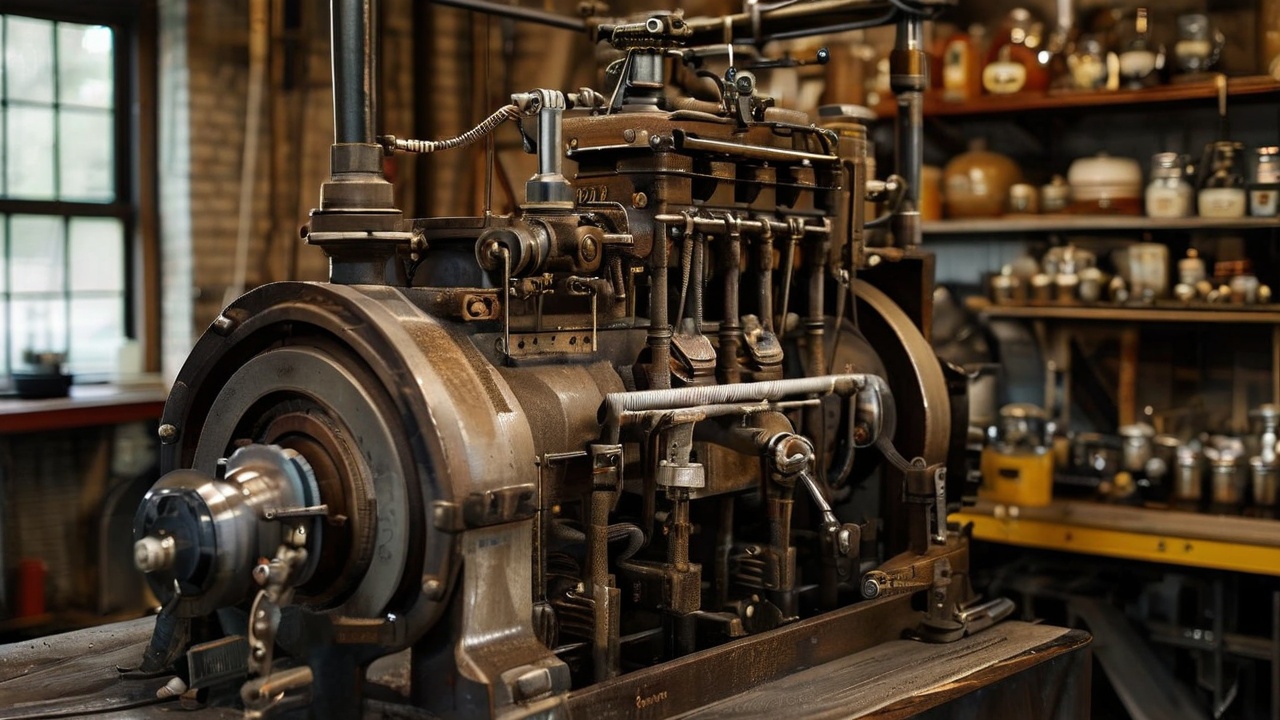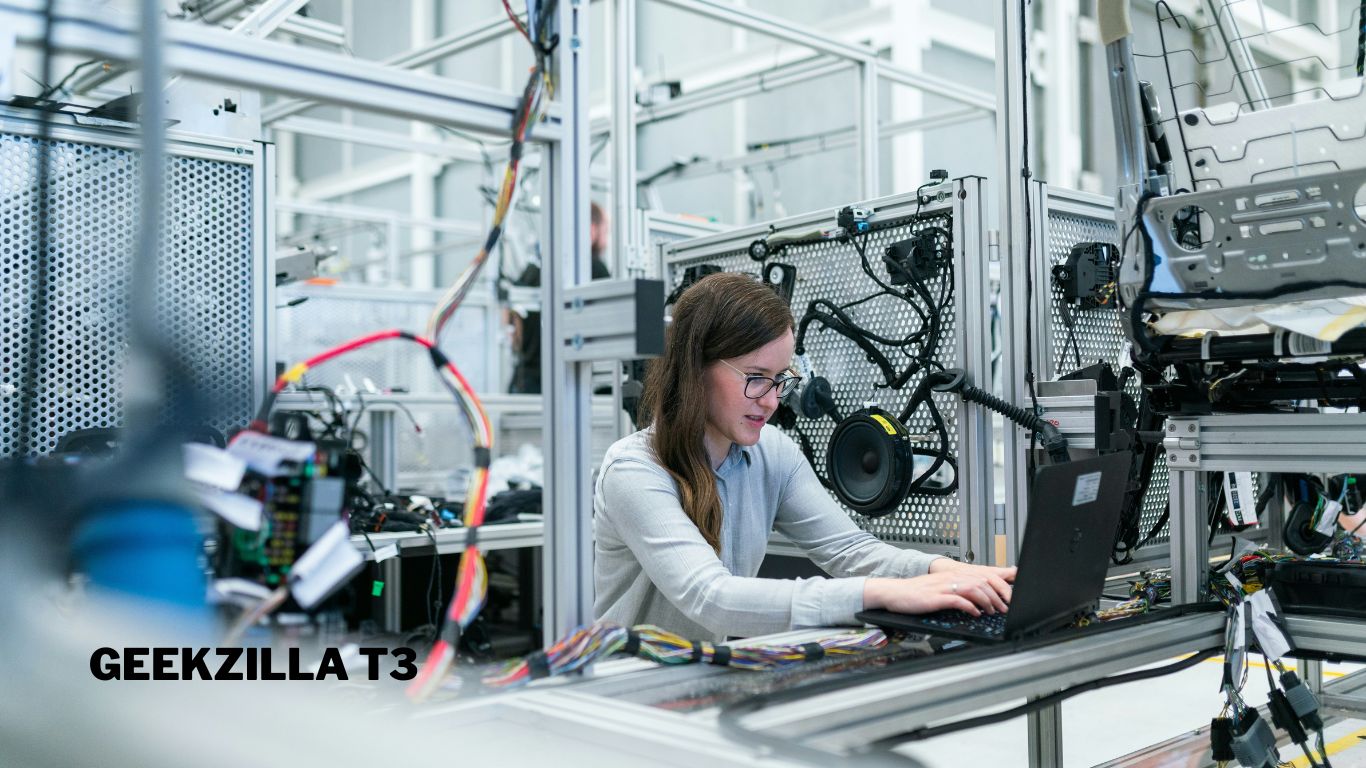Chipperen machines are an indispensable tool for many industries and homes. Whether you’re involved in landscaping, gardening, or construction, these devices efficiently handle debris, turning large branches, leaves, and other plant matter into manageable material. In this article, we will dive deep into everything you need to know about chipperen: its purpose, types, safety considerations, maintenance, and much more.
What Is a Chipperen?
A Chipperen is a type of machine designed to reduce large chunks of wood or garden waste into smaller pieces. This machine is frequently used in landscaping to dispose of wood chips and organic matter, making it easier to recycle or compost. By converting branches and other green waste into mulch or chips, the Chipperen significantly reduces the volume of waste, offering both environmental and practical benefits.
The Different Types of Chipperen Machines
Chipperen machines come in various sizes and designs, depending on their intended use. Each type has its own specific advantages, and understanding which one fits your needs can make a huge difference in efficiency. The three most common types are:
- Drum Chipperens: Known for their high power and fast processing capabilities, these are typically used in larger industrial settings. They work by feeding wood through a drum with sharp blades that chop the material into chips.
- Disk Chipperens: These are more common for commercial or smaller-scale uses. The wood is processed by a rotating disk fitted with blades, making them ideal for smaller branches and debris.
- Screw Chipperens: This type of chipper uses a conical screw to grind wood into small pieces. It’s often less noisy and more energy-efficient, making it suitable for residential settings.
How Does a Chipperen Work?
The Chipperen operates by using powerful blades to cut or shred the material fed into it. As branches and green waste are inserted into the machine, they are drawn into a sharp mechanism, which slices or chips the material into smaller, more manageable pieces. The resulting output, which can range from mulch to wood chips, is either discharged onto the ground or collected in a designated container.
Key Uses of a Chipperen
Chipperens are versatile machines that can be used in various settings. Their primary purpose is to manage and reduce green waste, but they can serve multiple other purposes as well:
- Landscaping: Turn large branches and plant waste into mulch, which can be used to insulate garden beds, reduce weed growth, and retain moisture in the soil.
- Forestry: Wood chips produced by industrial chipperen machines are often used as biomass fuel for heating systems or power generation.
- Composting: Garden waste shredded by a chipperen can decompose faster when used in compost piles, providing rich nutrients for plants.
Safety Considerations When Operating a Chipperen
While the chipperen is a highly effective machine, it can also be dangerous if not used properly. Here are some safety precautions to keep in mind:
- Wear Protective Gear: Always wear safety glasses, gloves, ear protection, and sturdy boots. The Chipperen can throw out small pieces of wood or debris, and the noise can be damaging over long periods of use.
- Follow the Manufacturer’s Instructions: Always read the operating manual carefully and ensure you’re familiar with the machine’s safety features.
- Avoid Loose Clothing: Loose-fitting clothes can get caught in the machine, leading to serious injury. Keep long hair tied back, and avoid jewelry or other items that could get caught.
- Feed Materials Properly: Never force material into the Chipperen. Allow the machine to pull the branches or debris in at its own pace. Using push tools is safer than using your hands directly.
- Monitor the Chipperen’s Load: Overloading the machine can cause it to jam, which increases the risk of damage or injury. Always adhere to the machine’s capacity.
How to Maintain a Chipperen for Longevity
A well-maintained chipperen will last much longer and perform more efficiently. Regular care and attention can prevent breakdowns, prolong the life of your machine, and keep it running smoothly. Here are some essential maintenance tips:
- Sharpen Blades Regularly: Dull blades can reduce efficiency and increase strain on the engine. Regularly inspect the blades and sharpen or replace them when necessary.
- Clean the Machine After Each Use: Accumulated dirt, sap, or wood chips can clog your Chipperen. Always clean it thoroughly after each use to prevent this buildup.
- Check Fluids and Lubricate Parts: Ensure that all moving parts are properly lubricated, and regularly check the oil level and other fluids to avoid engine damage.
- Inspect Belts and Screws: Loose screws or worn-out belts can cause performance issues. Make it a habit to inspect these components and tighten or replace them as needed.
- Store Properly: When not in use, store the chipperen in a dry, sheltered area to prevent rust and corrosion.
Benefits of Owning a Chipperen
Owning a chipperen provides numerous benefits, especially for those with large gardens or landscapes to manage. The ability to efficiently dispose of organic waste means fewer trips to landfills, and the mulch produced by a chipperen can greatly enhance your garden’s health. Additionally, investing in a chipperen can save you money in the long run, as you’ll no longer need to hire landscaping services for debris removal.
Choosing the Right Chipperen for Your Needs
When selecting a chipperen, consider factors such as the size of your property, the type of material you’ll be chipping, and your budget. Smaller, residential chipperens are often sufficient for handling leaves and small branches, while larger properties or professional landscapers may require a heavy-duty, industrial chipperen. Make sure to review the machine’s specifications carefully, including power output, feed capacity, and the type of cutting mechanism.
Common Mistakes to Avoid When Using a Chipperen
Many users make avoidable mistakes when operating a chipperen, which can lead to accidents or damage. Here are some common errors to steer clear of:
- Ignoring Safety Procedures: Skipping safety checks or forgetting to wear protective gear can have serious consequences. Always make safety your top priority.
- Overfeeding the Chipperen: Overloading the machine or feeding inappropriate material, such as wet or soft waste, can lead to jams or reduced performance.
- Neglecting Maintenance: Failing to clean and maintain the machine will lead to breakdowns and shorten its lifespan. Regular care is essential for keeping the chipperen running efficiently.
Environmental Impact of Using a Chipperen
Using a chipperen can have positive environmental benefits, particularly in reducing the amount of organic waste sent to landfills. The wood chips produced can be used as mulch, which improves soil health, conserves water, and reduces the need for chemical fertilizers. In larger settings, wood chips can be used as biomass fuel, offering a renewable energy source. Moreover, by recycling green waste on-site, you reduce the carbon footprint associated with transporting debris to waste facilities.
FAQs
What size branches can a Chipperen handle?
The size of branches a chipperen can handle depends on the model. Residential chipperens typically handle branches up to 3 inches in diameter, while industrial models can process much larger material, sometimes up to 10 inches.
Can I use a Chipperen for wet materials?
Chipperens are designed primarily for dry or semi-dry materials. Wet materials can clog the machine, leading to jams and reduced performance. It’s best to dry out green waste before feeding it into the machine.
How often should I sharpen the blades of my Chipperen?
Blade sharpening frequency depends on usage. If you use your chipperen frequently, inspecting and sharpening the blades every 20-25 hours of use is recommended to maintain optimal performance.
Can a Chipperen be used to make mulch for my garden?
Yes! Chipperens are ideal for producing mulch from branches, leaves, and other organic waste. Mulch helps retain moisture in the soil, suppresses weeds, and enhances soil health.
How do I prevent my Chipperen from getting clogged?
To prevent clogs, avoid feeding wet or overly soft material into the chipperen. Also, ensure that you are not overloading the machine by feeding too much material at once. Regular maintenance and cleaning will also help prevent clogs.
Is a Chipperen easy to operate?
While a chipperen is a powerful machine, it is relatively easy to operate once you familiarize yourself with its controls and safety features. Always follow the manufacturer’s instructions and take necessary precautions to ensure safe operation.
Conclusion
A Chipperen is a powerful and versatile machine that can transform the way you manage organic waste. From making mulch for your garden to reducing the volume of green waste, it provides an eco-friendly solution to waste management. With proper care, regular maintenance, and a focus on safety, your chipperen will serve you efficiently for years to come. Whether you’re a homeowner with a large garden or a professional landscaper, investing in a chipperen is a smart choice for managing debris and contributing to a sustainable environment.







